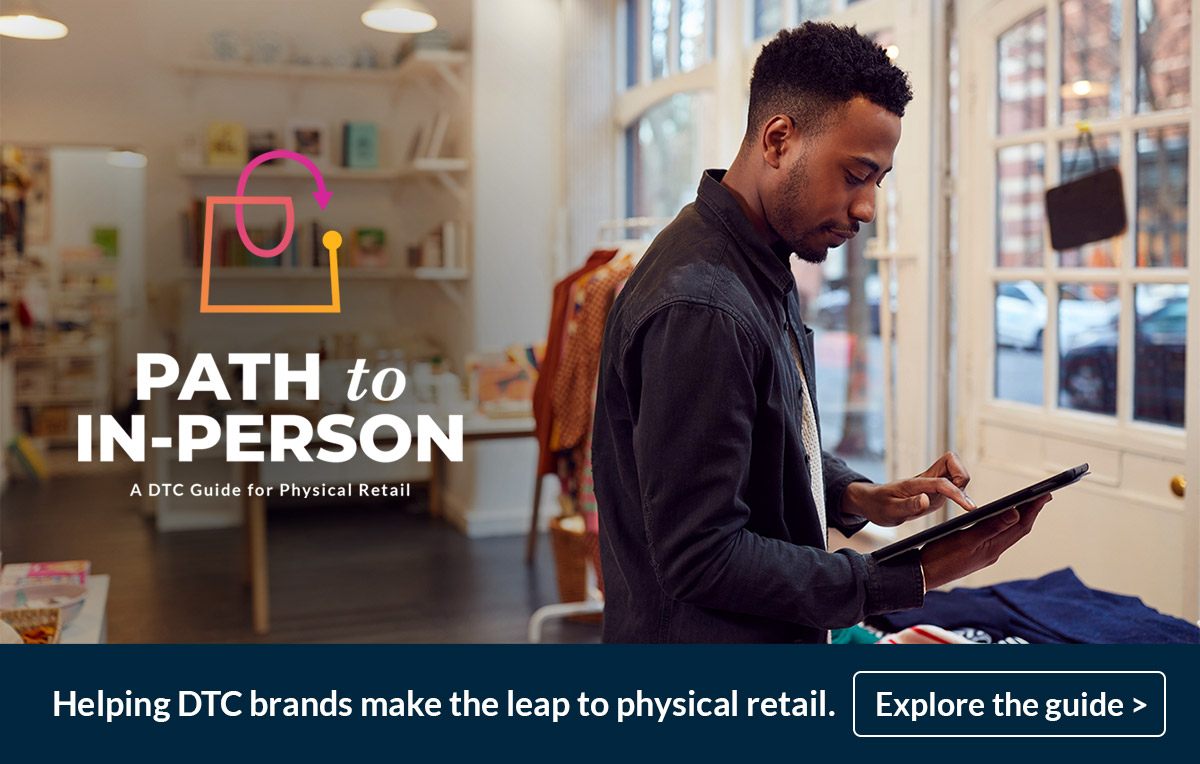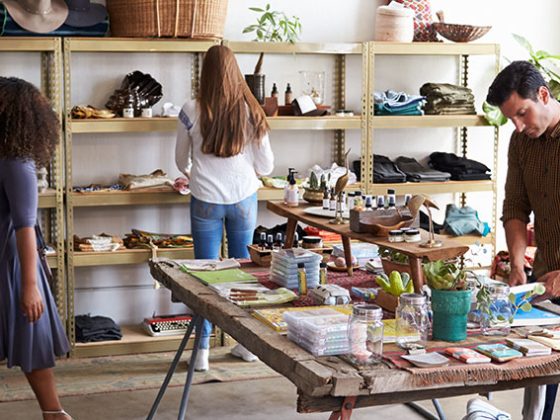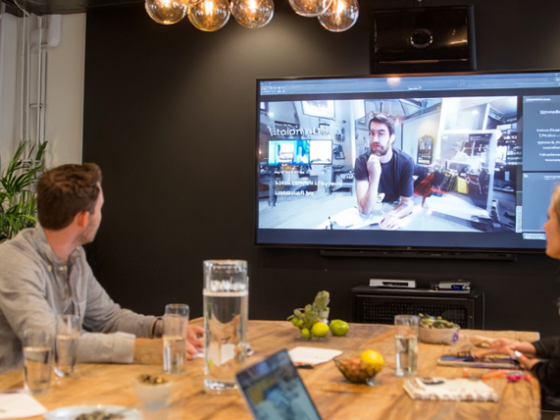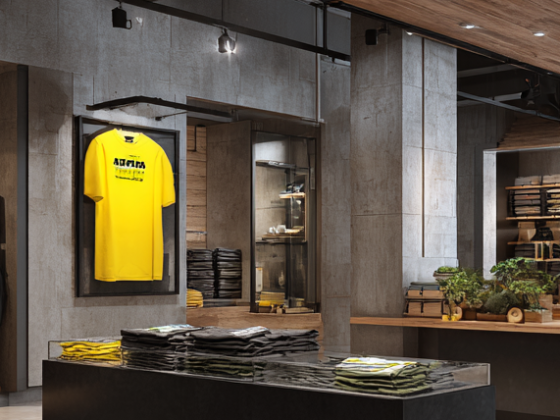Pop-up shops have become a cure-all in retail business strategy over the past few decades. If done right, pop-ups benefit everyone involved, making them a no-brainer for many brands. Since they began popping up, we have watched them evolve as retail hubs, bolster marketing strategies, and even improve landlord-tenant relationships.
Revolutionizing Retail Hubs
Pop-ups started out as experimental, unique spaces for brands to test specialized customer experiences. Today, they’re revolutionizing street location shopping. Retail hubs have become modular and ever-changing; new, exciting businesses are constantly opening and revolving through these areas—making for a fun, fresh visit every time. Cities big and small have seen pop-ups appear in their suburbs or smaller neighborhoods, not just prime shopping districts.
Landlords and rental agencies have become open to shorter lease terms than have been traditionally available in retail spaces. These leases can be prepared quickly and are less-burdensome for the tenants.
Some spaces and agreements can be shared, cohabitated stores that rotate out regularly. These businesses can plan weeks or months to occupy the given space, execute their pop-up, then clear out for the next business. These shared environments work great for small business coalitions and artists especially, as they can offer lower rates with longer lease terms (offering the chance for multiple pop-ups over the lease term). This creates a win-win situation for landlords and tenants alike.
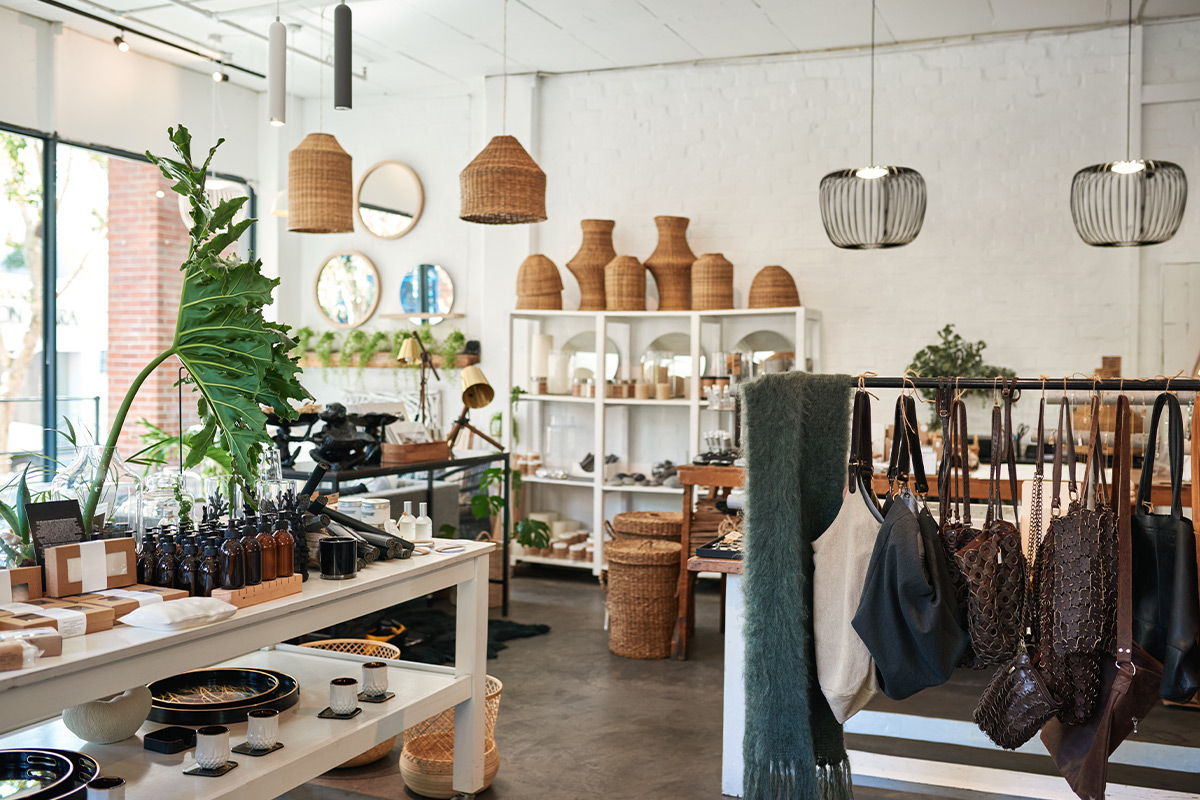
Striking Marketing Gold
Pop-ups are a goldmine for meaningful, interactive marketing for a brand or product experience that people want to share on social media. The idea is for shared content around the pop-up to create brand awareness and drive traffic to the pop-up location. Everyone wants to see fun, different shopping experiences, and consumers are apt to share. Executing a good pop-up is guaranteed to result in a wealth of valuable word-of-mouth marketing. A pop-up introduces the brand to people who otherwise might not have had it on their radar. The “exclusivity,” or more so the limited time aspect of a pop-up, amplifies consumer interest. Add this to the social media buzz, and you have created the perfect recipe for increasing brand awareness—the main goal of a pop-up.
Pop-ups are also a great way to experiment and test markets, consumer targets, specific locations, product, experience, and more. They offer total brand control and maximum brand exposure. Watching the ways in which consumers shop in a pop-up or how they respond to different experiences can give great insight into what works best for the brand in a given market. Working on the ground of a pop-up, employees interact directly with the customer base. These physical interactions with the brand are beneficial to a new retail business, making pop-ups an ideal business strategy for small businesses or new businesses entering the retail space perhaps after solely operating online.
Good for All Involved
We have seen all the ways pop-ups can benefit the businesses who execute them, but how do they benefit landlords and consumers? A pop-up could bring awareness to surrounding businesses, driving in-bound traffic. Say a shorter lease is about to expire, the landlord could openly advertise the space for rent at a pop-up event and receive far more exposure than if they were to run ads elsewhere. Pop-ups also assist landlords by filling vacant spaces quickly. Businesses might be able to get good deals on rent while the landlord fills their properties. These new businesses bring in money to the area and the public benefits from these ever-changing, interesting pop-up experiences.
Pop-Ups Actualized
Most brands have been taking full advantage of the benefits pop-ups offer, with countless remarkable experiences opening over the past few years, enticing the public to visit brand-curated spaces.
Lone Design Club works with independent brands to bring conscious consumerism-focused pop-ups to spaces around London. These pop-ups include layered experiences, such as vibrational sound meditation, professional panels on a variety of topics and industries, and community networking.
Ikea opened a “play cafe” in 2017 to rethink the way we use and view our kitchens. People could come in, enjoy some of their famous Swedish meatballs and play games with their friends and families.
Casablanca, a Paris-based luxury brand, held a travel/airport-themed pop-up within Selfridges, furnished with all the bells and whistles of an airport terminal gate. The popup let customers explore and discover merchandise set throughout the space while allowing Casablanca to test a physical retail store for the brand.
Many other luxury brands have been able to invest in the pop-up economy and are finding ways to evolve the landscape. In July 2022, Hermes held a gym-inspired pop-up in LA with live fitness classes, lifestyle-inspired merchandising, cocktails, live DJs, and more. These pop-up spaces give brands the endless freedom to curate specialized experiences to inspire, educate, entertain, or simply interact with guests. The L.A. experience is just one of several HermesFit popups around the world including Brooklyn, Tokyo, Paris, Bangkok, and more.
Here to Stay
Don’t expect to stop seeing them anytime soon, as modern pop-up culture has taken the retail world by storm and proven its value to retail strategy. Pop-ups are here to stay and are becoming more valuable as part of the retail ecosystem. They have revolutionized retail hubs and have benefitted all involved.


